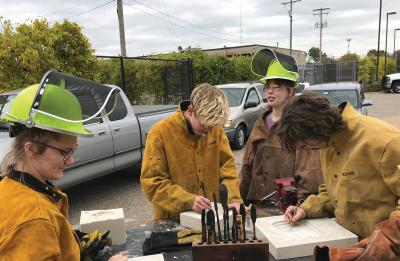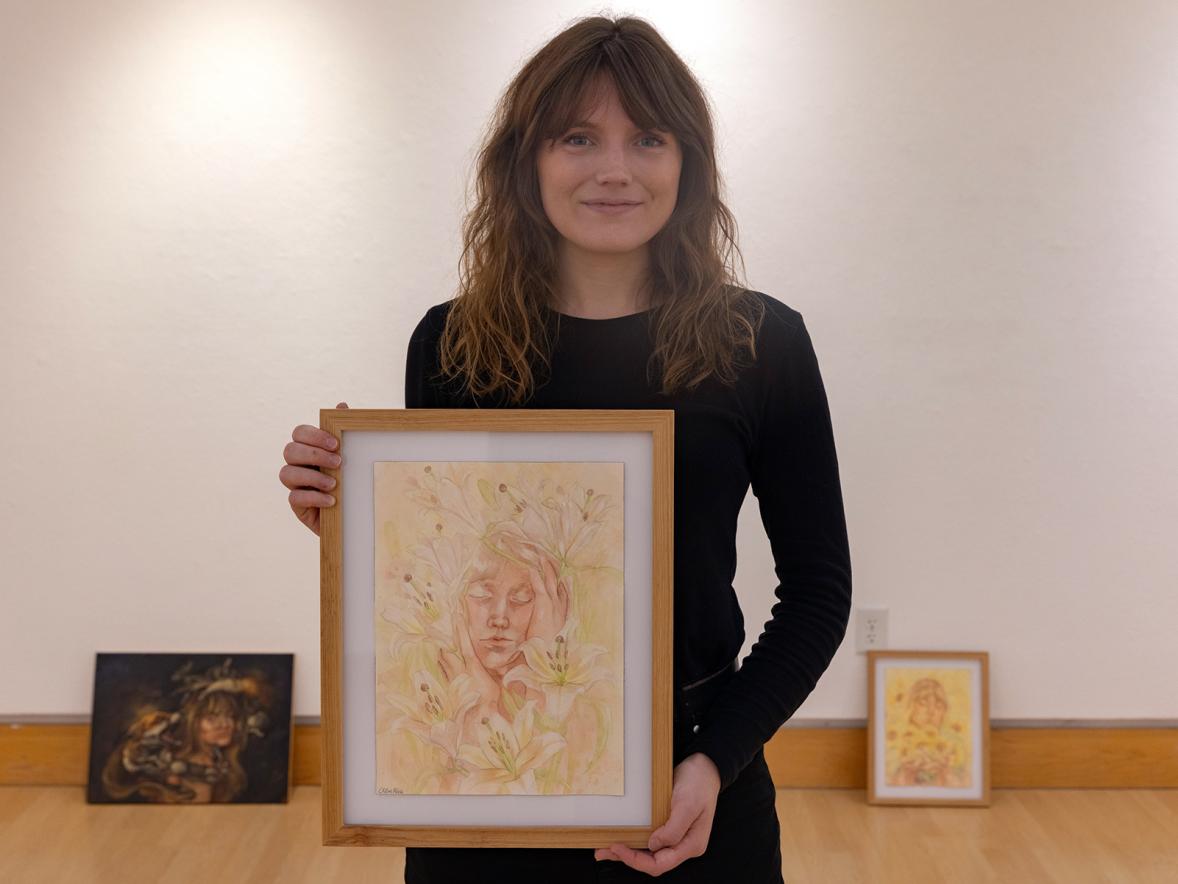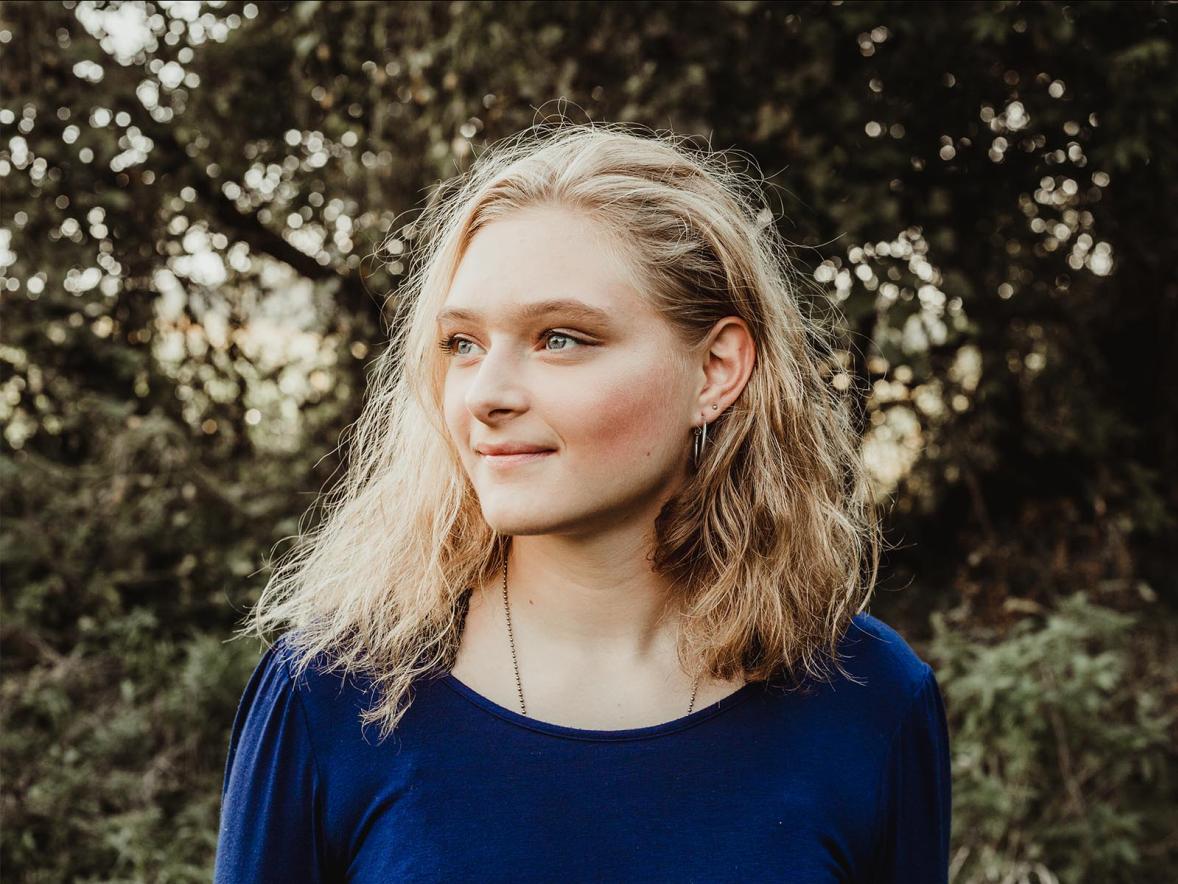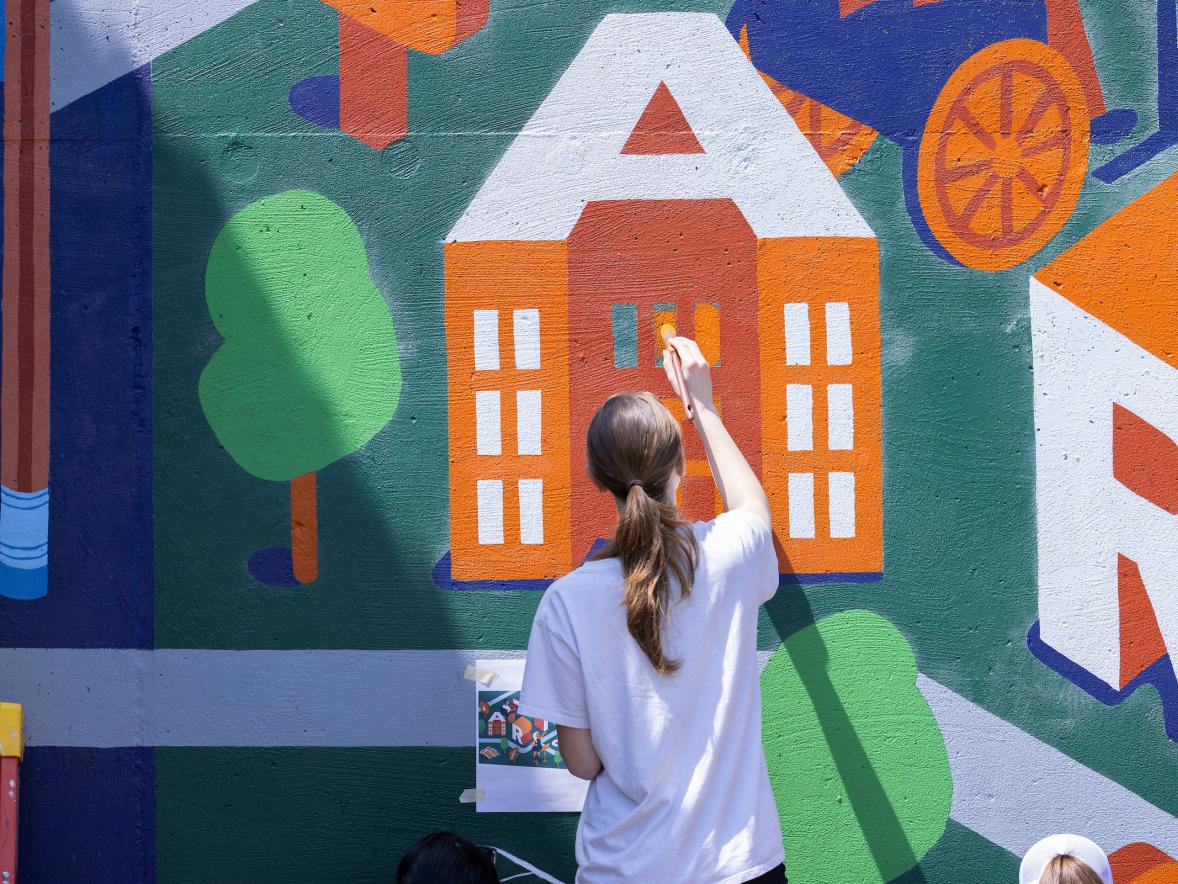University of Wisconsin-Stout Assistant Professor of Sculpture Kelly O’Brien recently had the opportunity to bring a group of Stout students to Hamline University to participate in an aluminum metal pour. Invited by Hamline sculpture professor Allison Baker, the aluminum metal pour took place on October 13, 2018. The invitation was open to Sculpture II and III students, as well as the Fine Arts Association for which O’Brien is the faculty advisor.
A total of seventeen students participated, including Emily Gordon, a ceramic student at Stout. Gordon, a member of the Fine Arts Association, prefers to take advantage of every opportunity offered to her.
“I participated in the aluminum pour because I want to experience and understand the process," Gordon said. "I wanted to see if I could somehow incorporate metals into my ceramic designs.”

While Hamline students created resin molds for the pour, Stout students made relief sculptures from sand molds. Students used dental tools to scrape away and extract sand, creating a relief design in sand-scratch blocks which are hard compressed sand set in a wooden support system.
“The tools used to scrape away the sand are of various widths and points and different tools are used depending on how aggressively you want to dig into the sand-scratch block,” explained Gordon.
Students followed strict safety precautions during the pour.
“Working with aluminum is temperamental,” said Professor O’Brien. “The material is dangerous if spilled during the pour.” Gordon added, “We wore full leather suits from neck to toe, big leather gloves, and helmets with shields to protect our faces.”

Discarded scraps of aluminum from other Hamline projects were collected. Students also went dumpster diving to collect industrial scraps for the pour. The scraps were then placed in a melting pot and heated to its melting point at 1,221 degrees Fahrenheit. Students secured the pot with metal clamps to carry it to the prepared molds and slowly poured the molten aluminum into the molds. Using a rod to push back any impurities, only the highest quality metal flowed out.
“The finished, cooled product shines like silver and is a beautiful piece of sculpture,” said Professor O’Brien.

Gordon worked with metals before in her Metals I course, but that was more for small jewelry design.
“I’ve worked with intense heat in Raku and soda firing with my ceramics and had that under my belt," Gordon said. "But the aluminum pour was an extreme experience. You just have to do it to get it.”
And through her experience, Gordon found she can successfully incorporate metals into her ceramic designs. She discovered a way to use mixed media by creating metal armatures. By making ambiguous metal forms, sort of haphazard structures like a kinked-up swing set, Gordon can design an environmental installation to house her ceramics.
Professor Baker of Hamline is currently teaching a foundry class, Fire and Ice: Metal Casting in Winter, and plans to invite Professor O’Brien and UW-Stout students for another pour in January. Gordon says she will attend.
“When an opportunity arises, I can’t pass it up," Gordon said. "I like to see how other people work and enjoy being able to make connections. The sculpture students at Hamline are a cool group of girls and I want to keep up with those relations and see what they’re up to. To make connections and be part of a supportive community is essential to an artist’s success.”
Gordon's works will be on exhibit as part of the Student Artist-in-Residence at UW-Stout's Furlong Gallery in April 2019.







